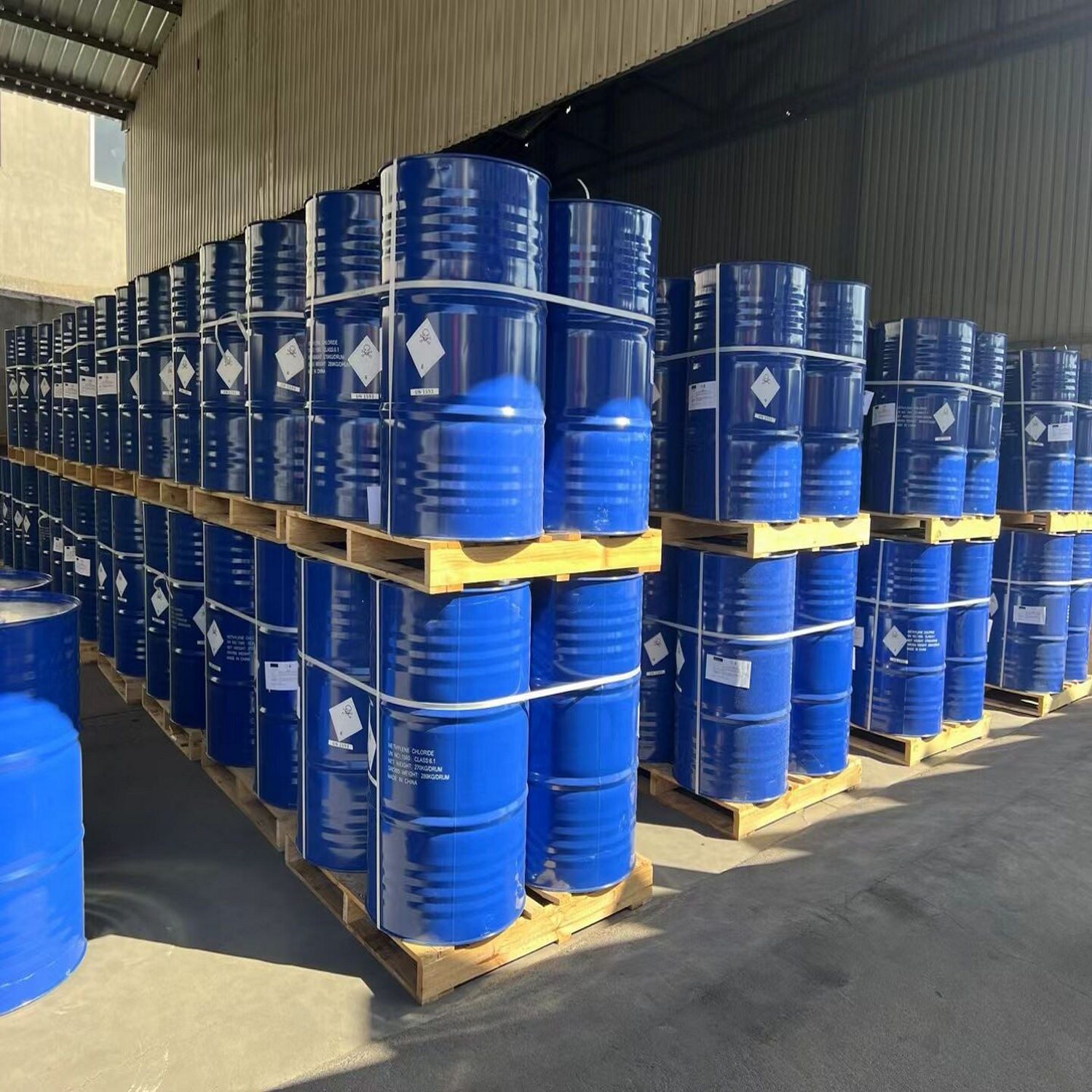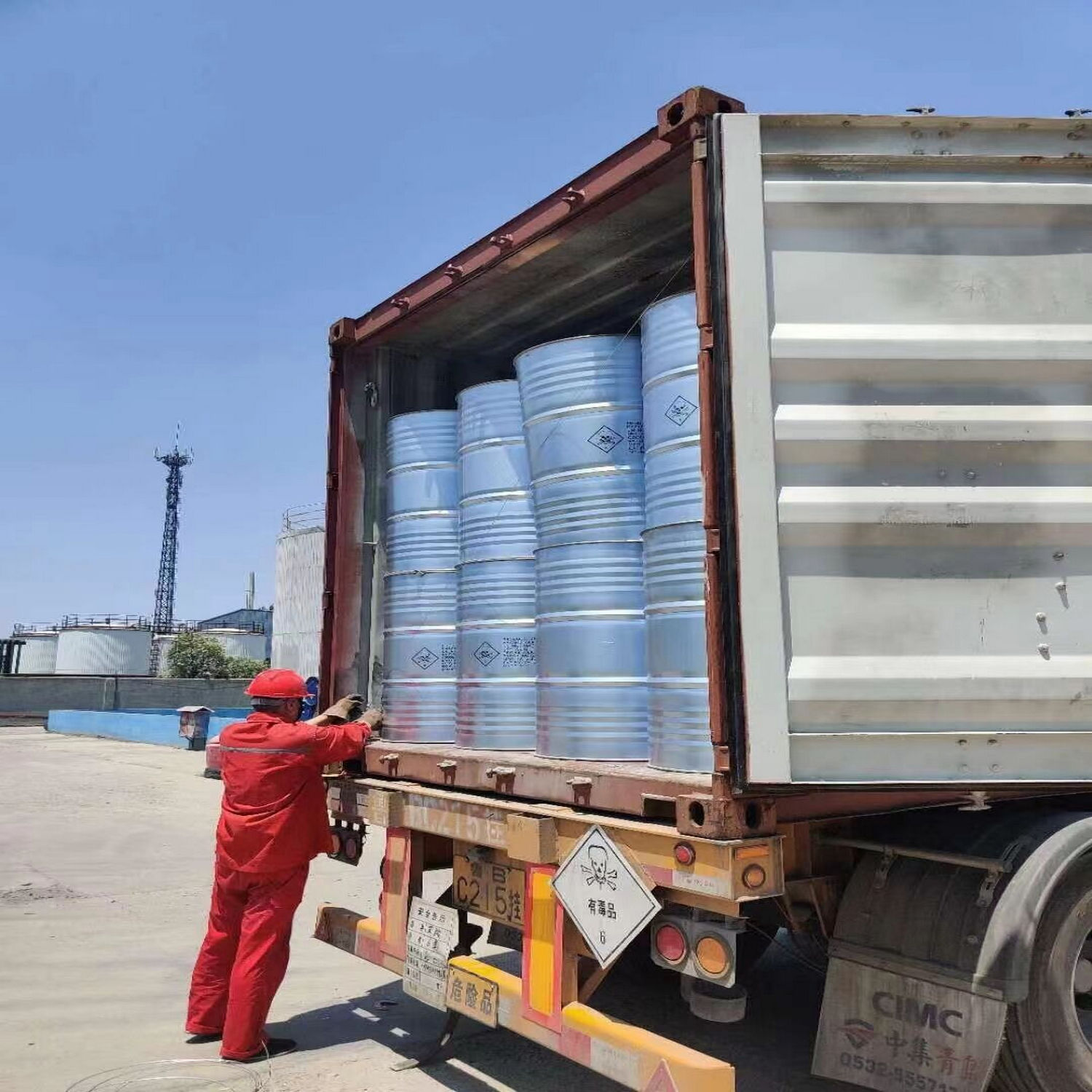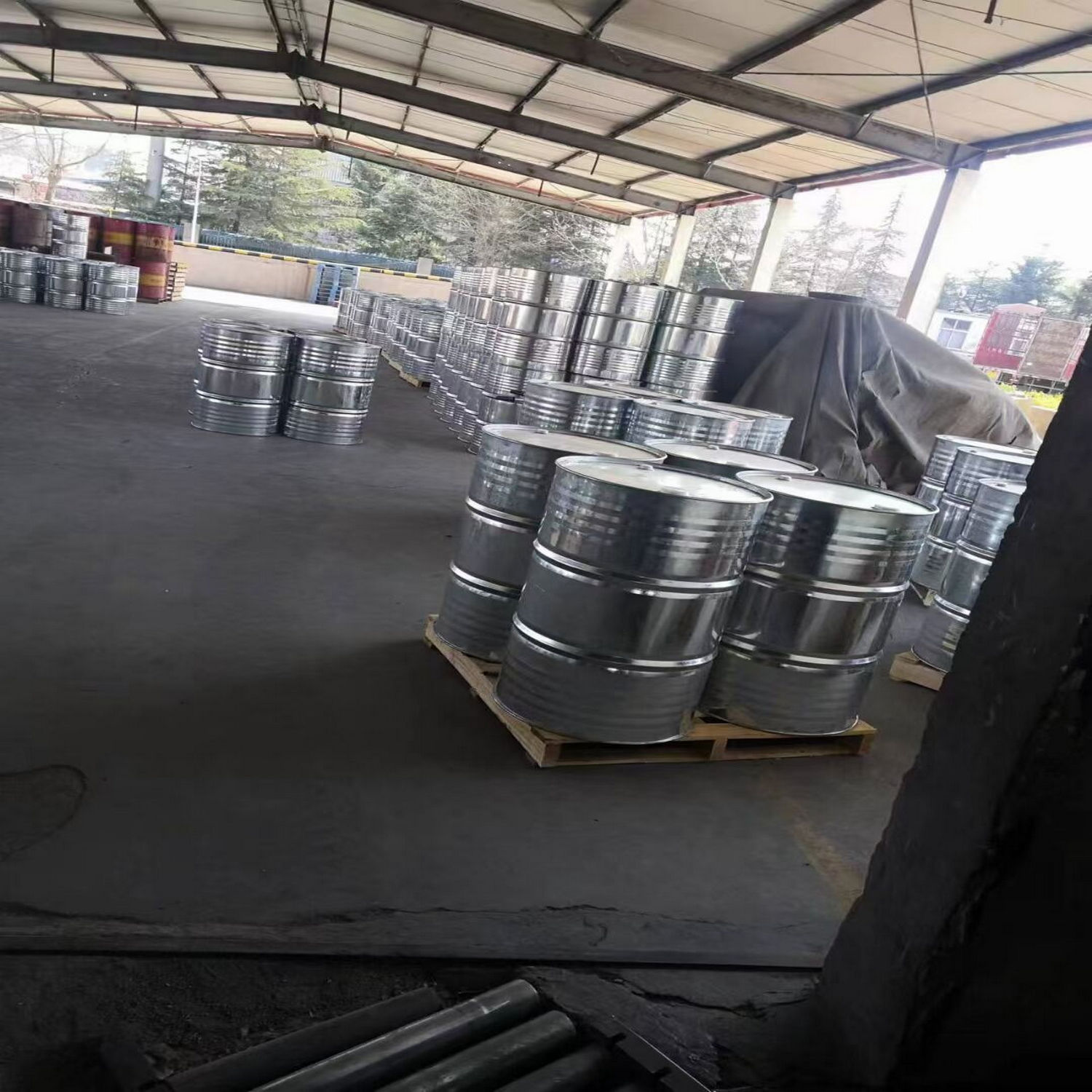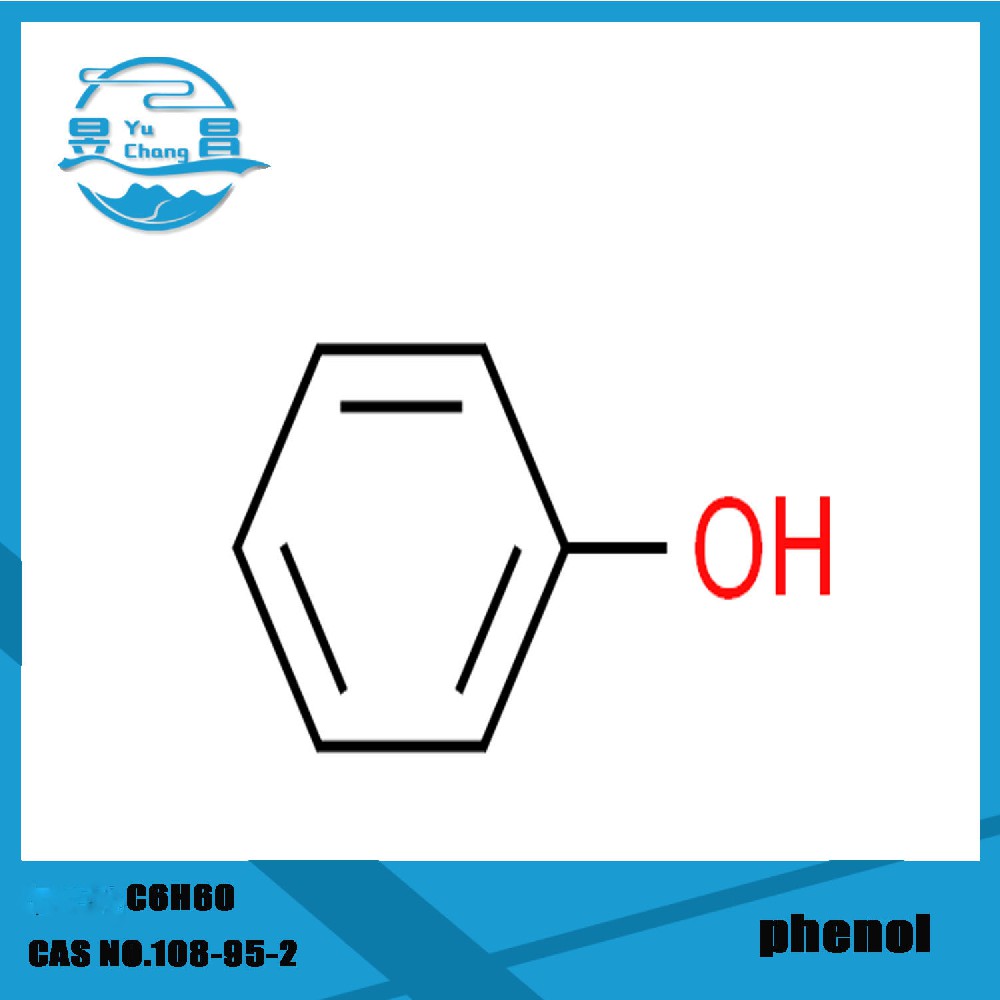Basic information
| Chinese name | 苯酚 | Molecular weight | 94.11 |
| English name | Phenol | Chemical Category | Organic matter--benzene derivatives |
| Don't call it that | Carbolic acid | Type of regulation | NO |
| Chemical formula | C₆H₆O | store | Sealed storage |
Purpose
Phenol is an important organic chemical raw material. It can be used to produce chemical products and intermediates such as phenolic resin, caprolactam, bisphenol A, salicylic acid, picric acid, pentachlorophenol, 2,4-D, adipic acid, phenolphthalein n-acetylethoxyaniline, etc. It has important uses in industries such as chemical raw materials, alkylphenols, synthetic fibers, plastics, synthetic rubber, medicine, pesticides, spices, dyes, coatings and oil refining. In addition, phenol can also be used as a solvent, experimental reagent and disinfectant. The aqueous solution of phenol can separate the protein and DNA on the chromosomes in plant cells, making it easier to dye DNA.
Discover history
Phenol was discovered in coal tar by German chemist Runge F in 1834, so it is also called carbolic acid.The first claim to fame for phenol is attributed to the famous British doctor Lister.Lister found that most patients died after surgery due to wound suppuration and infection.By accident, a dilute solution of phenol was used to spray surgical instruments and doctors' hands. As a result, the number of infections in patients was significantly reduced.This discovery made phenol a powerful surgical disinfectant.Lister is therefore known as the "Father of Surgical Disinfection".In 1841, Laurent prepared crystallized phenol for the first time .
Packing and delivery operation







